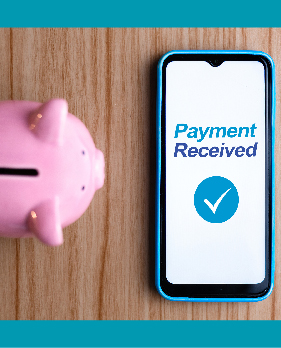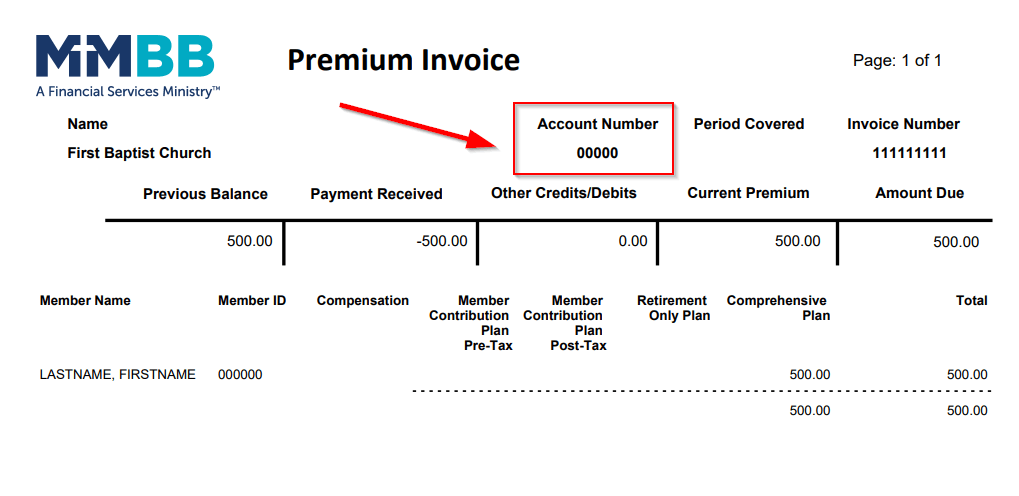Featured Article
While many retired clergy choose to enjoy their well-deserved season of rest, some seek ways to continue nurturing their spiritual calling.



It was not so long ago that sending money required you to use Western Union if you wanted to deliver money quickly and safely. But as consumers embrace the cashless economy there is a proliferation of online apps and platforms that are convenient, free, or low cost, and offer relatively safe ways to send or receive cash almost instantaneously.
Known as Peer-to-Peer or P2P payment platforms, these apps allow you to send money to other people quickly, typically via email or cellphone for free or for a nominal fee. They are particularly useful when sending or receiving money from friends and family. Before you send money online, it’s a good idea to consider how you want to send it and where you are sending it because not all platforms may meet your needs. Below we consider some of the most popular apps and platforms and the pluses and minuses for each of them.
Zelle –one of the most popular methods in use, is fairly new to the payment scene, having just launched in 2017. Transfers from one account to another literally happen within minutes between bank accounts at two different institutions. Over 1000 U.S. banks are part of the Zelle network potentially connecting more than 100 million people.1
PayPal - with more than 400 million active accounts, PayPal is considered to be the leading institution in the money transfer space. The platform allows individuals and businesses to sell and purchase goods online and also transfer money without having to share banking information.
Venmo – is a mobile app owned by PayPal designed for peer-to-peer money transfers and payments. Users can send or request money from other people with Venmo accounts.
Google Pay – provides instant transfers to a debit card for fees that are usually lower than other P2P apps.
Cash App - provides a few special features not offered by some of the other apps including, investing in stocks, getting special savings with certain merchants and restaurants, and buying and selling bitcoin.
Learn more about each of these apps by visiting the App Store or Google Play on your mobile phone or their respective websites.
Finally, don’t forget that bank transfers can still be an excellent way to send cash, especially for large amounts of money.
Bank Wire Transfer – when you want to send $10,000 or more in cash, a bank transfer can be the fastest and most secure method. Typically, the funds are transferred from one bank to another within a few hours. Unlike many online apps, a bank transfer is still a transaction that requires bank personnel to be involved. Sending money via bank transfer will cost you--fees to send money typically run about $25 and to receive money you can expect to pay at least $15. But for large amounts of money, the cost is worth it.
Resources
1https://www.nerdwallet.com/article/banking/best-ways-to-send-money
https://www.investopedia.com/financial-edge/0411/7-low-cost-ways-to-transfer-money.aspx
Thank you for joining the MMBB mailing list. You will begin to receive information soon.
Translations of any materials into languages other than English are intended solely as a convenience to the non-English-reading public. We have attempted to provide an accurate translation of the original material in English, but due to the nuances in translating to a foreign language, slight differences may exist.
Las traducciones de cualquier material a idiomas que no sean el inglés son para la conveniencia de aquellos que no leen inglés. Hemos intentado proporcionar una traducción precisa del material original en inglés, pero debido a las diferencias de la traducción a un idioma extranjero, pueden existir ligeras diferencias.

MMBB Financial Services is pleased to unveil our new website experience.
Watch a guided tutorial of our enhanced site to introduce you to important new features designed to help you live your life with financial confidence.
You will be linking to another website not owned or operated by MMBB. MMBB is not responsible for the availability or content of this website and does not represent either the linked website or you, should you enter into a transaction. The inclusion of any hyperlink does not imply any endorsement, investigation, verification or monitoring by MMBB of any information in any hyperlinked site. We encourage you to review their privacy and security policies which may differ from MMBB.
If you “Proceed”, the link will open in a new window.


 Back to Top
Back to Top